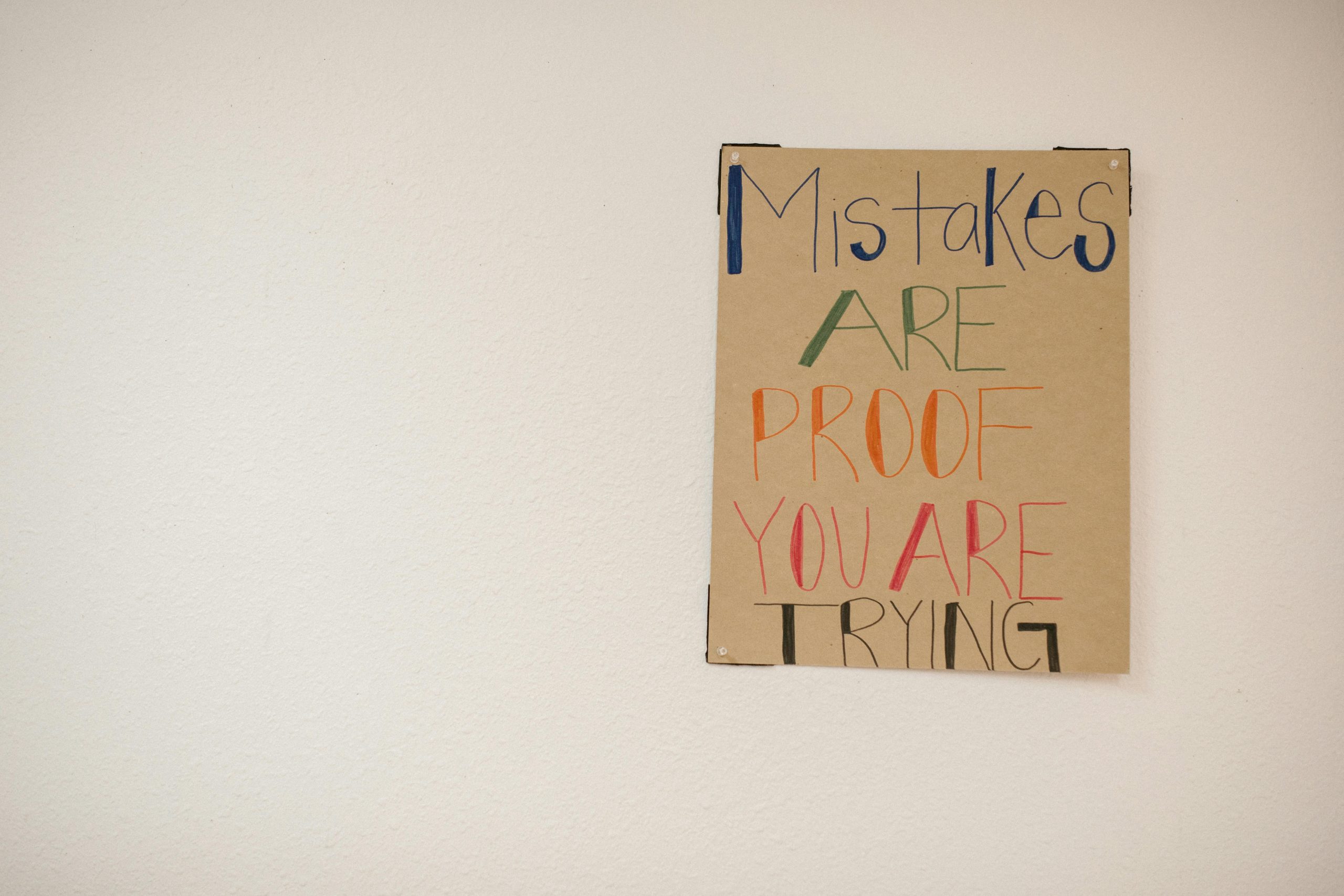Understanding Home Inspection Report Requirements for Insurance Applications: A Guide for Homeowners
Navigating the home insurance process can sometimes be challenging, especially when dealing with report formatting and communication with agents. Recently, a homeowner in Los Angeles County shared their experience attempting to secure insurance coverage amidst ongoing back-and-forths with an insurance broker over the formatting of their inspector’s report.
In this case, the homeowner had an inspection completed and submitted the report to the broker. However, the broker insisted that the report require a specific letterhead, despite the homeowner’s assertion that the inspector’s report already included one. Further, the broker requested a signed letter from the inspector, which was subsequently provided. Yet, the issue persisted, with the broker now emphasizing the necessity of precise letterhead formatting, leading to frustration and uncertainty about the requirements.
This scenario raises a common question among homeowners: Are there standard formatting guidelines or specific details that home inspection reports must adhere to for insurance purposes? While requirements can vary among insurance companies, generally, it is essential that the inspector’s report clearly displays contact information, licensing details, and the company logo or letterhead positioned according to typical professional standards—often in the top corner or header area. However, minor formatting details, such as exact placement, font size, or alignment, are usually flexible unless explicitly specified.
For homeowners who may need to obtain a new inspection report or communicate formatting expectations to inspectors in the future, here are some best practices:
- Confirm with the insurance company if they have specific formatting requirements for inspector reports.
- Request that inspectors use a professional letterhead logo with all relevant licensing and contact details prominently displayed, typically in the top-left or top-center position.
- Ensure the report includes a signature from the inspector, verifying its authenticity.
- If in doubt, ask the insurance broker or company for sample reports or detailed guidelines to avoid unnecessary re-inspections or delays.
In situations where communication with your insurance broker becomes challenging, consider reaching out directly to the insurance companies or seeking advice from a different provider who may have clearer submission requirements.
Navigating insurance documentation can be complex for new homeowners, but understanding the general standards and maintaining clear communication with inspectors and insurers can streamline the process. If you find yourself in similar circumstances, don’t hesitate to seek clarity early on to prevent unnecessary complications.
If you’re facing persistent issues or need further guidance, consulting with a local real estate professional or insurance specialist can also provide valuable assistance. Remember, clarity and professionalism in documentation are



